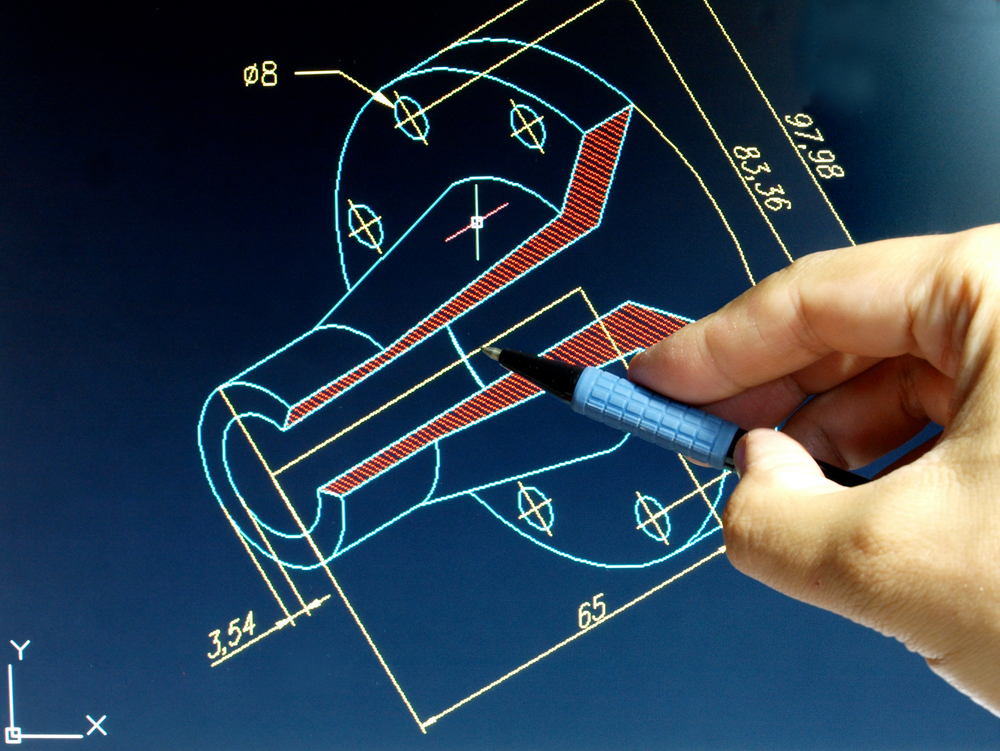Every day, more and more connected devices are coming to market, from phones and home appliances, to cars and buildings.
Indeed, Cisco predicts that by 2020, there will be 50 billion connected devices in use around the world, and according to British Airways Highlife Magazine, one in four of us will be wearing connected clothing by 2025! These products have the potential to make consumers’ everyday lives more efficient, convenient, and easier – but they also present new challenges to the designers, engineers, manufacturers and entrepreneurs who are building them.
With its rich heritage of creating powerful design solutions, the technology industry is well positioned to share the experience and knowledge that will help today’s makers tackle those challenges, and shift the way we think about designing consumer devices for the new connected future.
So what are some of the trends at work in the 'Era of Connection'?
First and foremost, the lines between hardware and software – and between the physical and digital worlds – continue to blur as the devices that make up the Internet of Things (IoT) become more common.
> See also: Spending on wearable devices to total $52 billion by 2020: Gartner
The Nest thermostat might have been the first IoT device to capture the public imagination, but more and more devices will combine a functional purpose with the ability to gather data, analyse it, and act upon it.
Businesses across every industry are starting to take advantage of the Connected Era – from public transport right through to agriculture. Floatility, for instance, has designed a connected electric scooter for use in urban areas.
Floatility’s scooters can be tracked by GPS so users can see where their nearest available ones are. Elsewhere, Agrilution has developed a connected ‘growing’ device to encourage consumers to grow food in their own homes.
The device provides users with vital stats on its temperature via an app to help them assess whether their crops are progressing in optimal conditions.
An Internet-connected device can do more than feed data to the cloud and other devices, of course: it can also receive software updates from the manufacturer. The result? Products can actually improve over time rather than becoming increasingly obsolete.
For example, a manufacturer can push out an update over Wi-Fi that makes an older dishwasher run as efficiently as the latest model.
The consumer expectation that products will improve over time means that products will increasingly become a way to deliver services. Think about when a consumer buys a piece of hardware like a smartphone. That initial purchase is only the beginning of the relationship – the consumer immediately starts customising and personalising the phone by downloading and purchasing apps and other software utilities.
Designing for the Connected Era
Given the trends above, how do designers build devices that exist both in the physical and digital world and as part of a larger ecosystem? How do they create innovative products that can adapt, while still providing users with a simple, elegant, and meaningful interaction?
How do they make products that – in addition to talking and working with each other – are constantly learning from the user, and evolving with new features and functionality?
Getting these elements right will be key to transforming products like smart locks, smart thermostats, and other connected devices from hype and novelty to essential devices that bring time savings, cost savings, and other benefits to consumers.
Admittedly, there is no single tool or solution to solve the problem. But much like designers now use tools to generate things we could never have predicted 20 or 30 years ago, it will be important to empower designers with software optimised for the design of connected devices.
Supporting a Connected Future. Already, startups, enterprises, students, and individuals around the world are using innovative tools to design and make the connected devices of today and tomorrow, whether it’s designing a consumer product in cloud-based mechanical engineering software, prototyping circuit boards with a free online app, or confronting the challenges of bringing a new product to market by tapping into next-generation product lifecycle management tools.
As the connected future continues to take shape, there are a few key areas to focus on:
Education: The next generation of product development professionals must now consider how to build devices for a dynamic environment. They will require the know-how and insight to manage this complexity, and make their products more resilient and valuable. Community-based learning and knowledge centres that promote sharing of ideas are also important.
Ecosystem : Industry leaders should be encouraged to not only bring new talent into their organisations but also partner with complementary technology businesses. This will help them to produce genuinely disruptive solutions for the connected future and develop a robust ecosystem at which they can sit at the centre.
> See also: 4 things the IoT will make redundant in day-to-day security
Combining expertise from multiple sources will accelerate innovation and strengthen the industry as a whole.
Access to technology will put design capabilities into anyone’s hands through programmes that offer free access for educational institutions and startups is enabling larger organisations to democratise the creation of tomorrow’s connected devices.
In addition, introducing subscription-based licensing models gives these same organisations access to design solutions at a lower cost of entry. Helping students and entrepreneurs capture, analyse and utilise data from their products is a necessary step for fuelling the development of tech that will bring our connected future to life.
Connectivity is redefining product design, and the proliferation of connected consumer products will touch many more parts of our lives than it does now – probably in areas we haven’t even thought of yet.
It will be exciting to see how compelling software tools help usher in this new era. The connected future awaits.
Sourced from Asif Moghal, manufacturing industry manager, Autodesk







